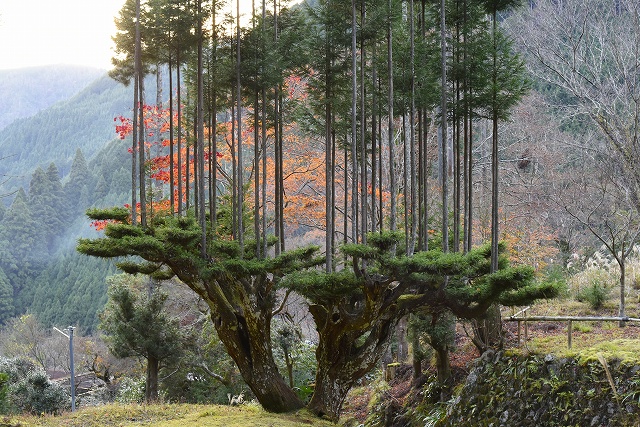Rooted in the Japanese philosophy of living in harmony with nature, the practice of daisugi dates back to the 14th century, when the great demand for wood to build tea rooms in Kitayama Prefecture led tree growers to seek a way to increase timber production.
The Kitayama Prefecture was a land poor in saplings and flat terrain. Increasing production meant cutting down the already scarce trees and risking damage to the ecosystem. So the Japanese came up with an idea inspired by their well-known bonsai technique: through careful pruning and control, they would grow trees from existing ones. This is how daisugi came to be.
Composed “台” (dai), meaning platform, and “杉” (sugi), meaning cedar, daisugi is a descriptive term for a forestry technique which makes it possible to produce timber without cutting down trees. The main part of a cedar is kept low and level to serve as a base for the growth of multiple upright branches.
The Japanese cedar – an Asian jewel
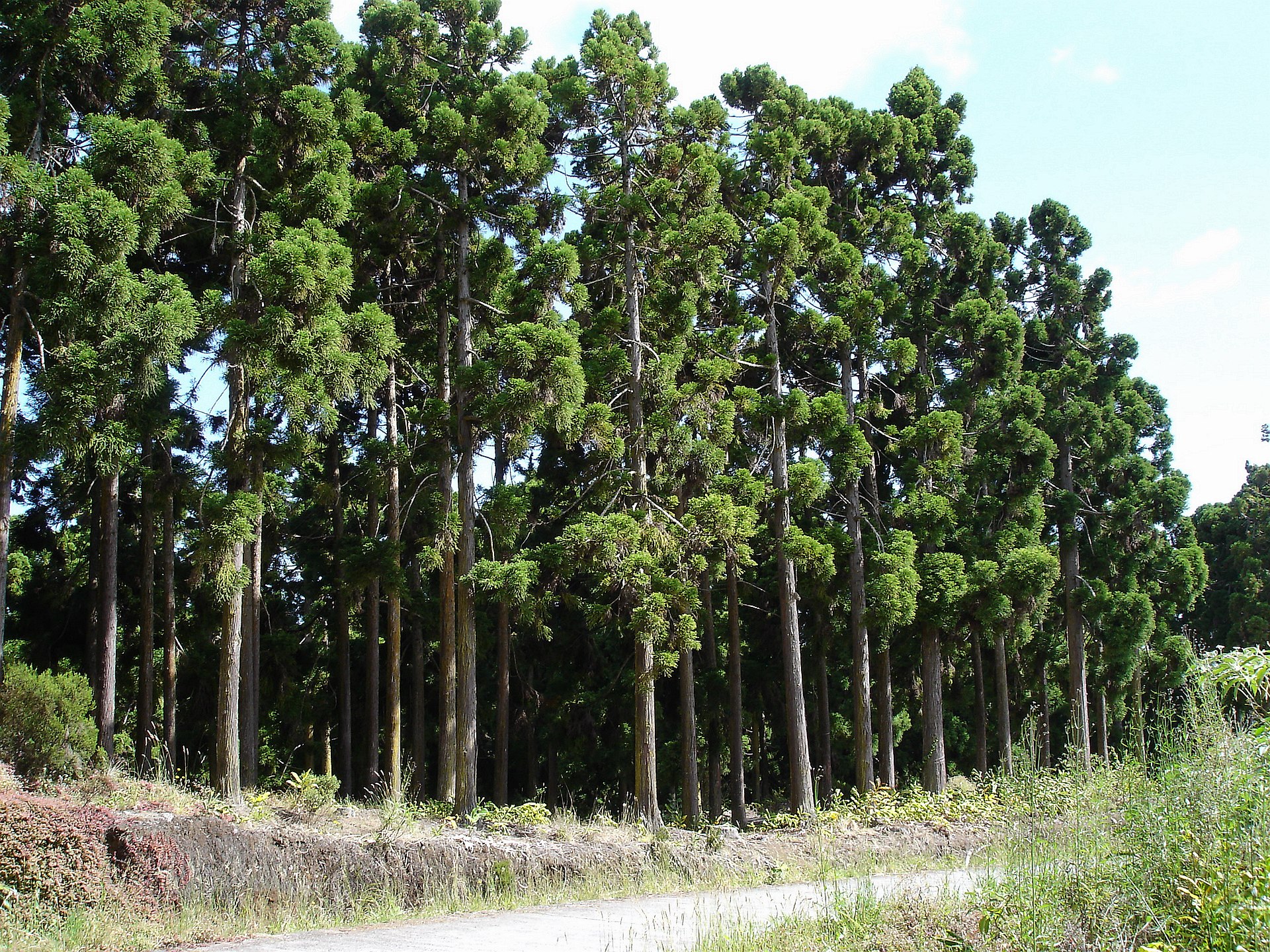
Daisugi is usually performed on Japanese cedar (Cryptomeria japonica). Also known as Kitayama cedar or Japanese redwood, this tree is believed to be endemic to Asia.
The Japanese cedar is an evergreen that can reach up to 70 m (~230 ft) in height and 4 meters (~4 ft) in trunk diameter. It grows in forests where the soil is warm, deep, moist and well drained.
Success
You are now signed up for our newsletter
Success
Check your email to complete sign up
Its leaves are arranged in a spiral shape and its bark has reddish-brown tones. When harvested, Japanese cedar timber gives off a distinct, lingering fragrance that is said to have health benefits.
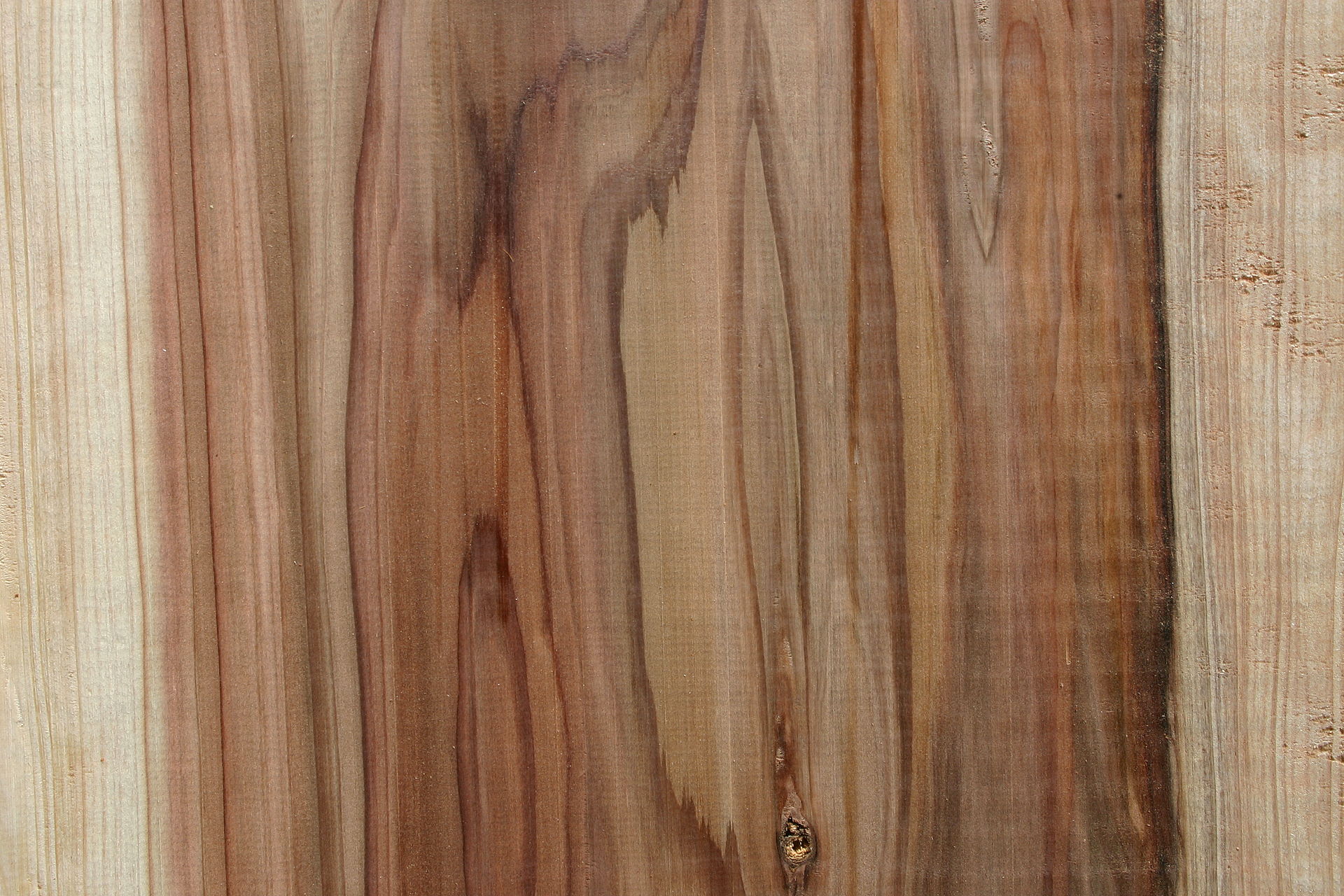
Japanese cedar timber is light, dense and resistant to weather and insects. It is highly favored in Japan, especially for interior applications such as furniture, veneers, interior paneling and plywood.
Centuries-old cedars are commonly found growing around temples and shrines. One of the oldest Japanese cedars is the Jōmon Sugi (縄文杉), located on the island of Yakushima, a UNESCO World Heritage Site. This tree is estimated to be between 2,170 and 7,200 years old.
A sustainable technique – nature cooperating with man
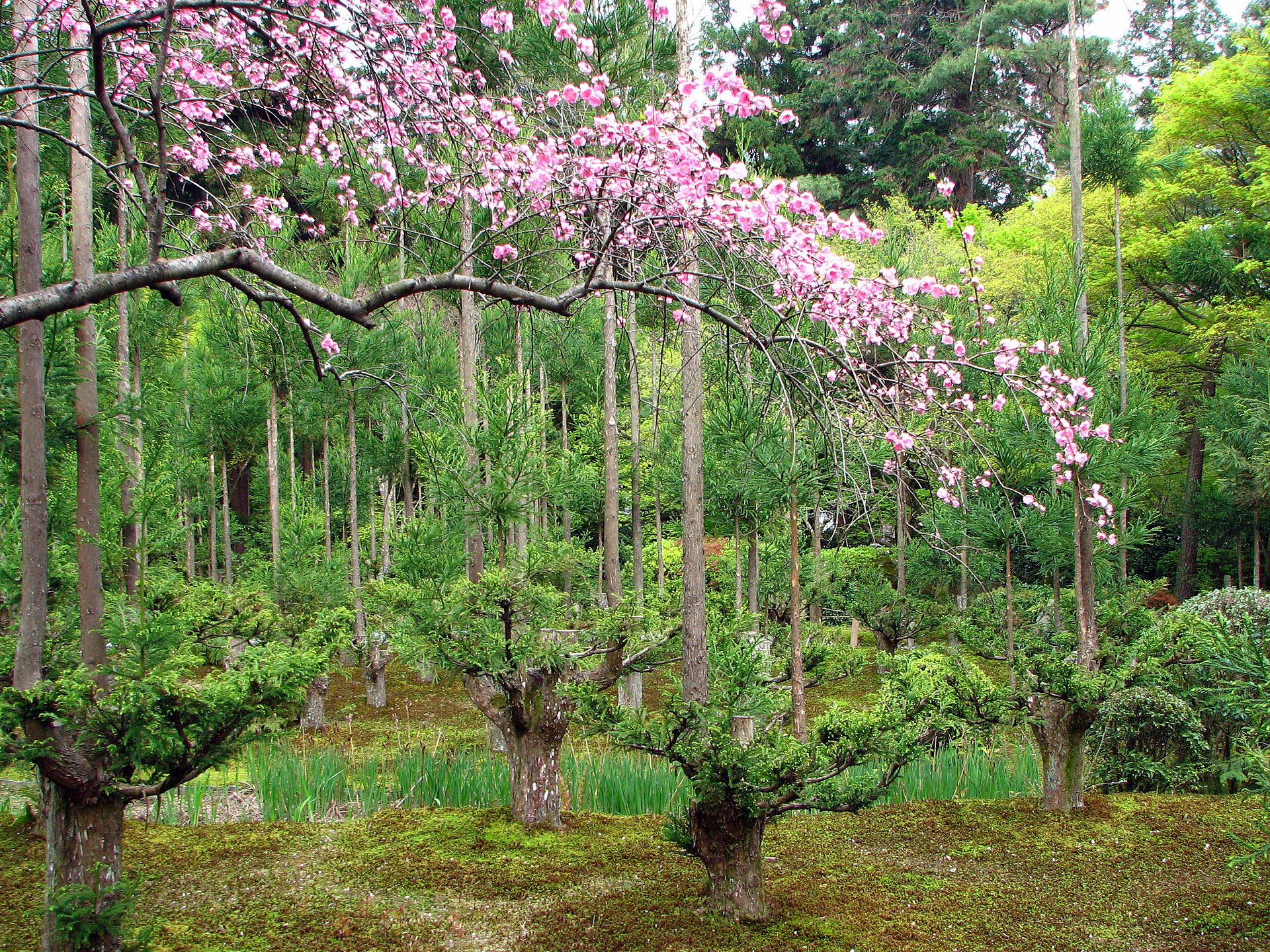
Daisugi is very similar to the pruning technique used to create bonsai; but unlike bonsai – which are planted and trained in containers for display – daisugi is applied to full-size trees planted in the ground. Through careful trimming, the trunk is kept stunted, and only select branches are allowed to grow up from its crown.
Every two to four years, arboriculturists prune the growing shoots by hand, leaving only the best top branches to grow straight and knot-free. In about 20 years, these branches are harvested for some of Japan’s finest lumber.
A mother tree can grow up to 100 shoots at a time and can usually produce timber for at least 200 years. The wood produced by daisugi is said to be 140 percent more flexible than normal Japanese cedar and 200 percent stronger.
A symbol of refinement
Cedar is an essential element in Japanese traditional architecture. One of its most prominent uses was seen in the construction of tea rooms, particularly in tokonoma alcoves – refined reception rooms where items of great artistic value are displayed, including hanging rolls and ikebana flower arrangements.
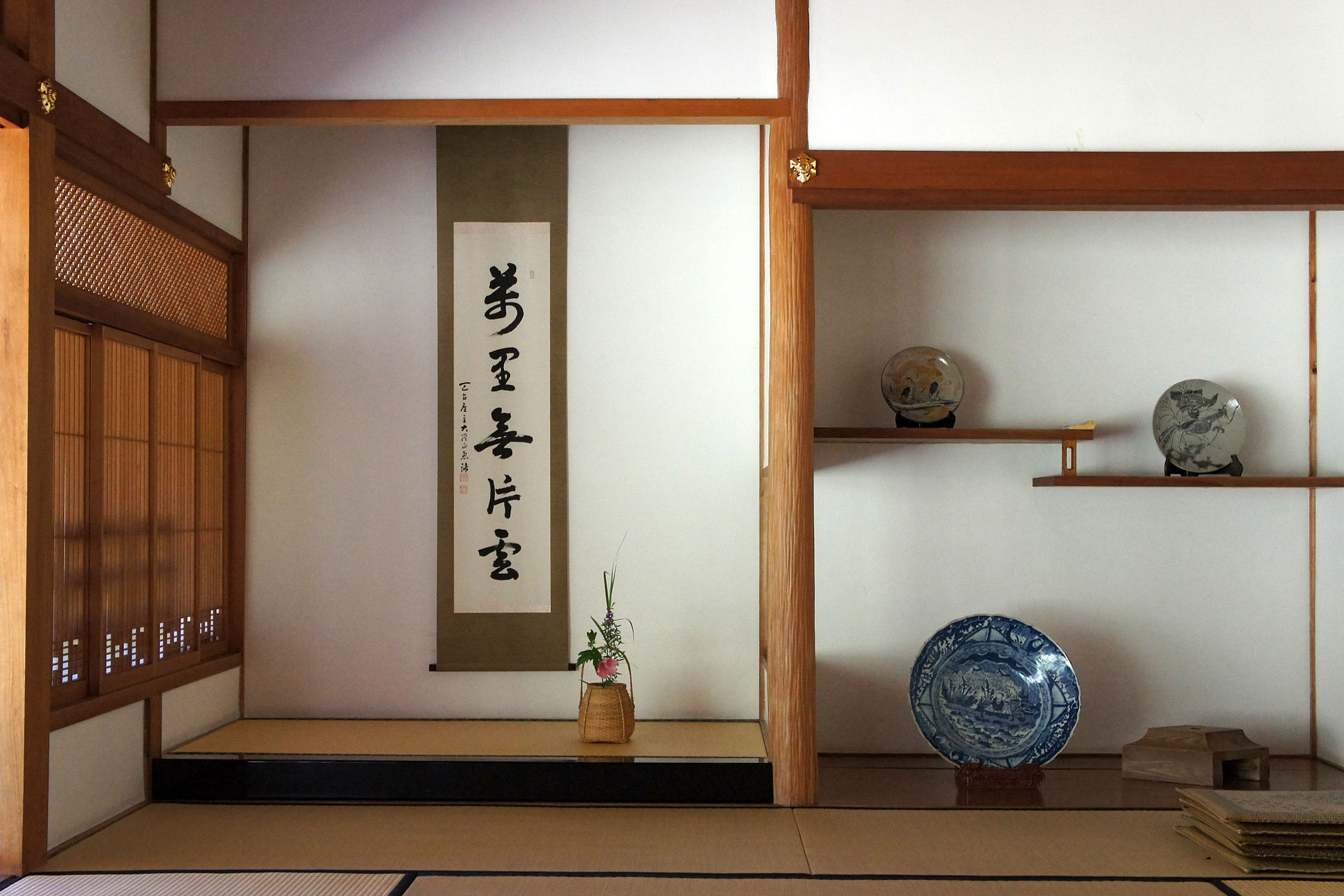
Cedar logs produced by daisugi were used as the main pillars of the tokonoma, not only because of their high density and flexibility, but also because of their pleasant natural undulations. This flawless texture could only be achieved through careful pruning during growth.
It was the tea master Sen no Rikyū – known for perfecting the Japanese “Way of Tea” – who gave Kitayama cedar logs their refined status in tea room construction. The tea master developed a deep appreciation for this type of wood, declaring it the only material suitable for such important structures.
Daisugi today – an element of Japanese heritage
In its heyday, daisugi timber was the first choice among the Japanese for constructing everything from chopsticks to roof structures. As modern architecture developed and industrial materials became more accessible, however, the demand for wood eventually declined.
Although less highly prized as a commodity, daisugi still carried aesthetic value, and became a recurring element in temples and Japanese gardens. In time, however, its ornamental use was superseded by the bonsai, since producing tiny trees took considerably less time and effort than the full-scale cedars.
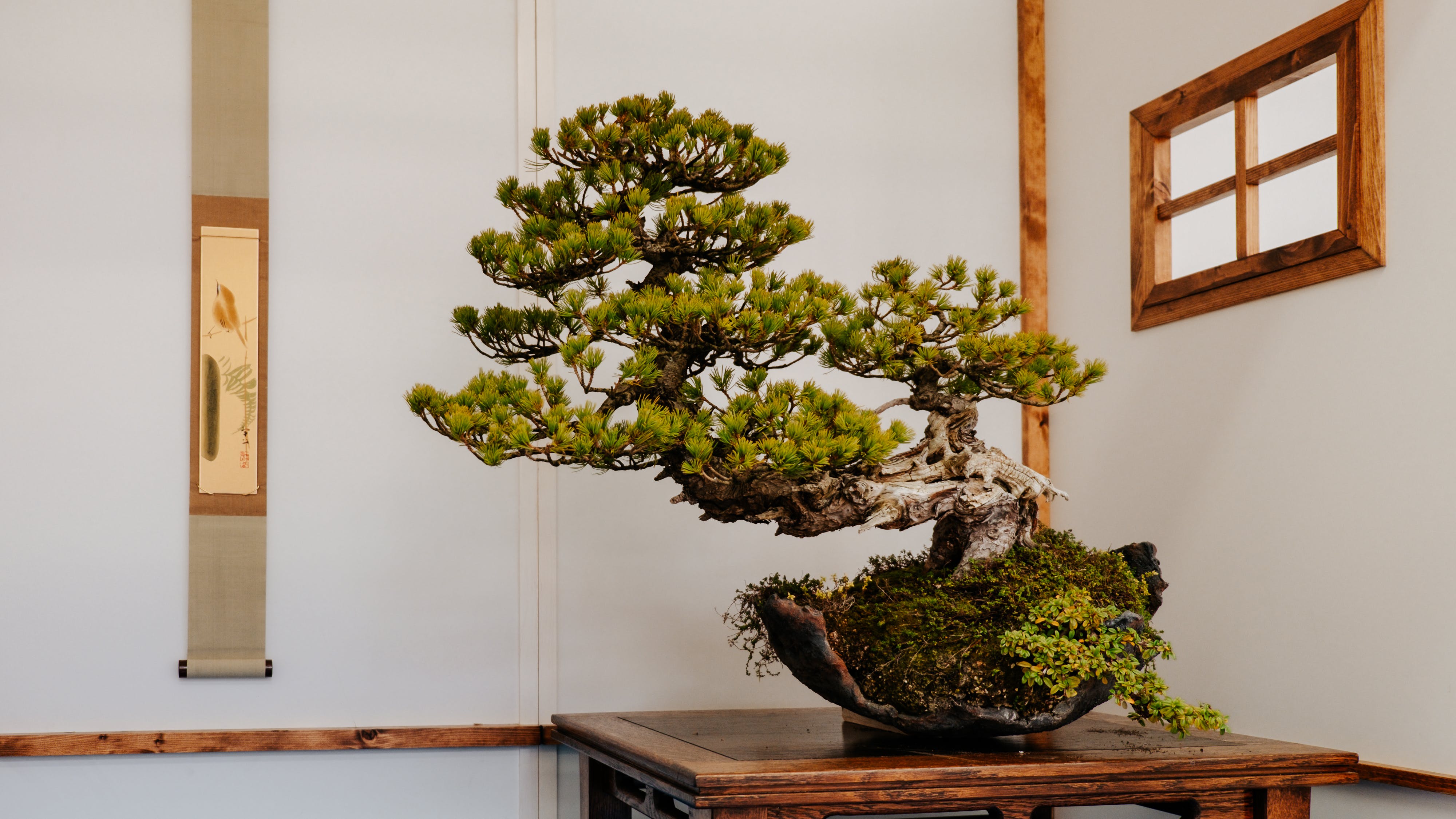
Today, as the call for environmentally friendly alternatives becomes urgent, this centuries-old technique is gaining attention as an example of sustainable forestry and a solution to deforestation. Still practiced in some regions of Japan, daisugi remains a reminder of the ancients’ harmonious relationship with nature and a symbol of Japan’s rich cultural heritage.



